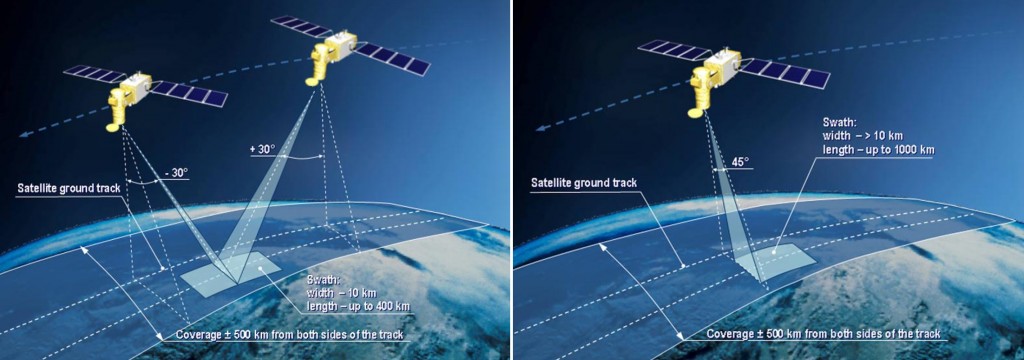Kondor Spacecraft Overview
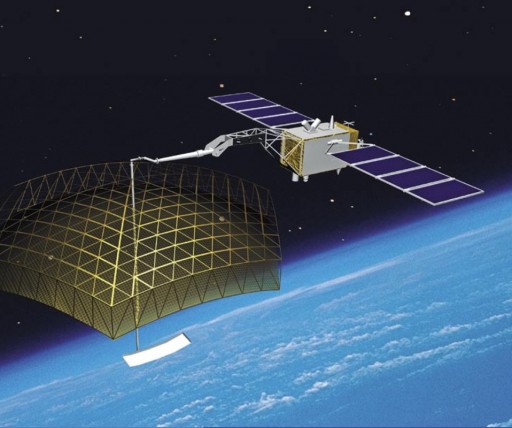
Kondor is a series of Russian earth imaging satellites carrying synthetic aperture radar or optical imaging payloads for use in military reconnaissance as well as civilian purposes. The Kondor satellites are developed and built by NPO Mashinostroyeniya (NPO Mash). The satellites are available as ‘Kondor’ for use by the Russian Aerospace Defence Forces or other government institutions, and ‘Kondor-E’ for export customers.
The Kondor series of remote sensing satellites has been in development since 1993 when NPO Mash was awarded a contract to conduct a study to evaluate the feasibility of fitting a radar payload on a small satellite platform. In 1994, a proposal was issued for the Kondor satellite and five companies expressed interest in manufacturing a series of radar satellites. NPO Mash was awarded a contract to develop two versions of the Kondor satellite – one carrying a radar payload and one facilitating an optical platform, however, over the course of the 1990s, the project stalled due to technical difficulties and lack of funding.
In 2001, the project was resumed as Kondor-E with the E standing for export as the new plan included offering data returned by the satellites to foreign customers and launching satellites for operation by foreign customers.
A re-design of the satellite was completed to fit the vehicle onto the Strela launcher that made its first test flight in 2003. The first Kondor was expected to launch shortly thereafter, but due to a lack of commercial funding, the project came to a near rest for another three years before work on the first payload began. Over the course of the re-designs of the satellite, the mass of the spacecraft was increased from 800 to 1,100 Kilograms.
Initially, the first Kondor was manifested for launch in 2008, but payload related delays caused the mission to slip over and over again. In 2010, NPO Mash announced that three Kondor Satellites were under construction with one flight unit being almost ready for shipping to Baikonur. By 2011, the first Kondor was expected to fly in 2012 which soon became early 2013.
During processing of the spacecraft, teams suffered a major setback when pyrotechnic devices on the vehicle were inadvertently triggered requiring the replacement of a number of components and associated re-testing of their functions.
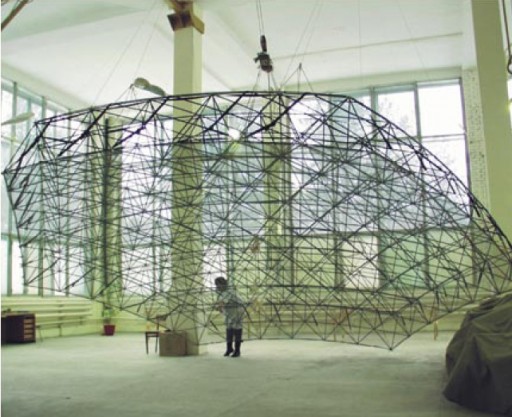
The first Kondor satellite launched on June 27, 2013 atop the second Strela vehicle to launch. The launch was reported by Russian news outlets and U.S. Space Surveillance tracked the Kondor-202 satellite in its planned orbit, but no announcement of the successful launch was made by the Russian government. Five days into its mission, Kondor deployed its radar antenna followed by the acquisition of its first images about two weeks into the mission. No details on mission progress or any imagery has been released to date.
Kondor has a liftoff mass of about 1,150 Kilograms, hosting a 350-Kilogram Synthetic Aperture Radar payload consisting of a radar antenna with a diameter of six meters. The satellite is equipped with two deployable solar arrays that are mounted on a central body that also holds the radar antenna array. This central body consists of a standardized satellite bus that is used for both, the optical and radar versions of Kondor.
The two solar arrays each consist of four panels creating a total surface area of 9.2 square meters. Batteries are used to store power for night passes and for consumption by the satellite power during its operation.
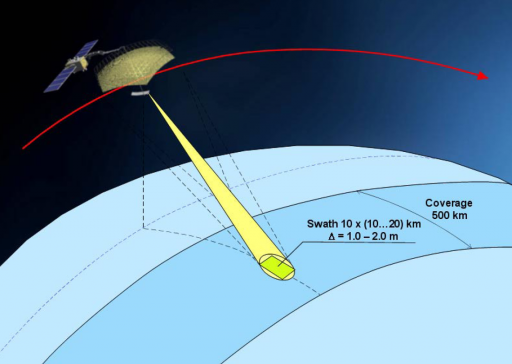
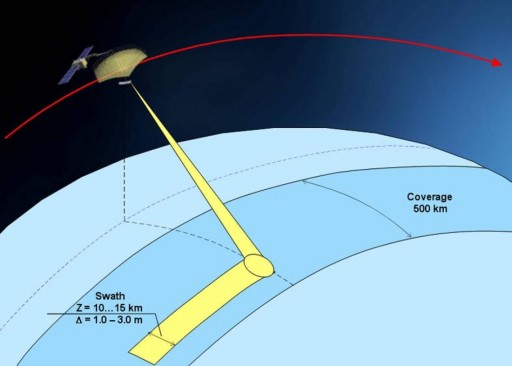
The satellite is equipped with gyroscopes for the measurement of body rates and inertial position. Star trackers are used for precise pointing knowledge and are the primary source of attitude control data. Gyroscopes are used for three-axis stabilization and pointing of the satellites. Precise orbit determination is accomplished using a GPS/Glonass receiver.
Kondor uses a 192 Gbit solid state recorder to store compressed payload data that is processed in real time before storage in the recorder.
The maximum data rate for raw data from the payload is 960Mbit/s. Payload data is downlinked to ground stations via an X-Band terminal achieving data rates of 61Mbit/s for regional receiving stations and 350Mbit/s at the main NPO Mash station.
Radar satellites bounce radar signals off the ground and record the weak echo signal to deduce radar reflectiveness of sites on the ground which differs between the various types of vegetation, water bodies and man-made structures. The SAR Payload installed on Kondor was developed by NPO Vega. The payload has a mass of 350 Kilograms and requires 240 to 1,500 Watts of power depending on the selected mode of operation. The S-Band radar uses a 6 by 6-meter parabolic dish antenna that is deployed once the satellite enters orbit. The radar operates at a frequency of 3.13 GHz.
The parabolic dish antenna was chosen to allow a cross-track pointing capability by re-directing the antenna. A phased array antenna would typically require spacecraft attitude changes to deliver cross-tracking.
The total swath width of the SAR payload is 20 to 150 Kilometers in medium-resolution mode and 10 to 20 Kilometers in narrow-swath mode for high-resolution imaging. Operation of incidence angles of up to 55° to either side of the satellite is possible creating a field of regard with a width of 1,000 Kilometers (500km to either side of the satellite). The radar operates in Horizontal-Horizontal polarization mode (transmit-receive) for medium and narrow-swath imaging – Vertical-Vertical (transmit-receive) polarization is available for narrow-swath mode.
In spotlight mode, the payload can achieve a resolution of up to 1 meter, in stripmap mode it can provide images with a resolution of 1 to 3 meters, and in ScanSAR mode, the satellite will cover a greater area on the ground with resolutions of 5 to 30 meters. The maximum strip-length for a single scene is 4,000 Kilometers due to power and data limitations. Interferometry measurements can be made with scans on successive orbits.
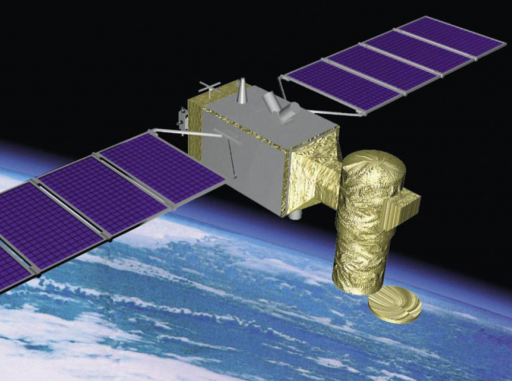
Kondor will provide all-weather, round the clock Earth imagery for military and civilian purposes. The Kondor satellite is expected to operate for 3 to 10 years orbiting Earth in a ~500-Kilometer orbit at high inclinations of up to 98 degrees.
Instead of the SAR payload, Kondor could also be outfitted with an electro-optical sensor that would use the same satellite platform. The optical payload is highly flexible in terms of detectors supporting panchromatic, multispectral and near & medium infrared sensors. Carrying an optical payload, Kondor can still cover a 1,000-Kilometer footprint though rolling up to 45° to either side from nadir. Additionally, the optical payload supports a motion of +/-30 degrees in pitch (in-plane).
Covering a 12-Kilometer wide swath, the imager achieves a resolution of up to one meter in visible wavelengths and 5 to 10 meters in the infrared range. Operation of the payload is possible in stripmap and spotlight mode. Stereo-imaging can be accomplished in a single pass. The maximum scene length is 1,000 Kilometers.
